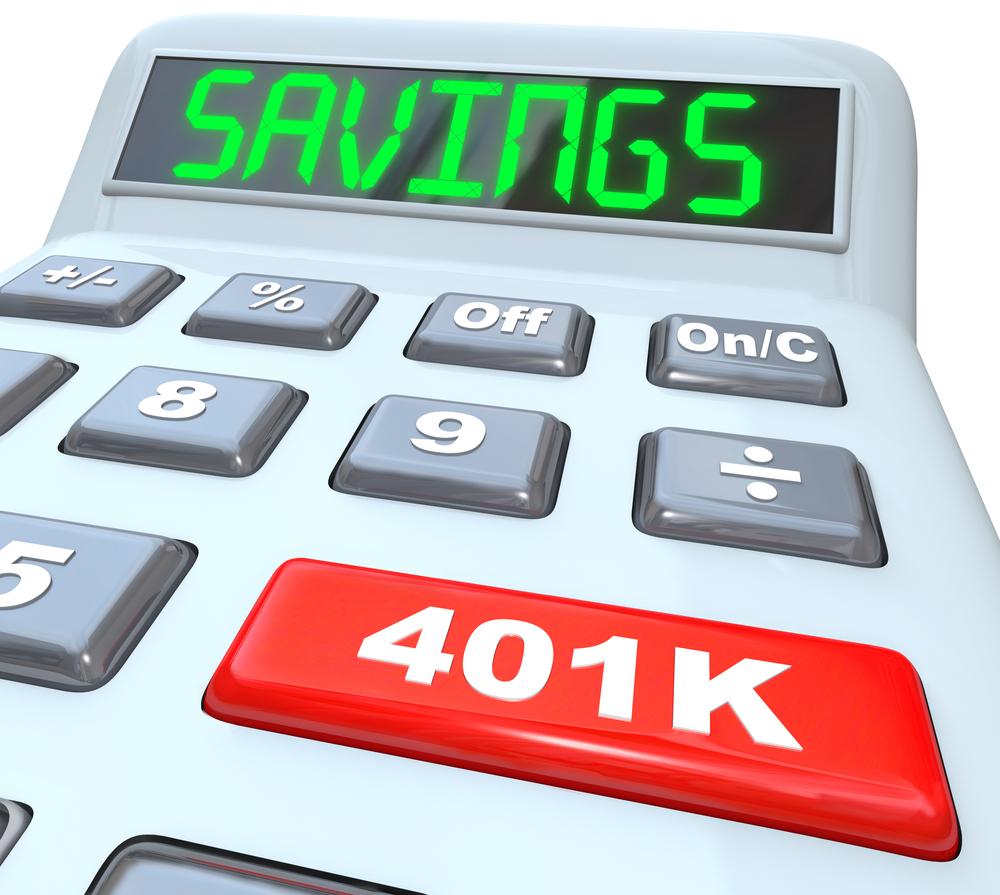Benefits and withdrawal rules of 401(k) plans
What is an individual or a solo 401(k)?
Also called as Uni-401(k) plan, an individual 401(k) plan is an Internal Revenue Code (Section 401) approved a qualified plan for retirement which is specifically designed for self-employed or sole-owned businesses. Similar to traditional IRAs, this plan offers cost-effective and tax-efficient investment options along with a few additional benefits.

Although any business model which meets the criteria is eligible under this plan, it is most suitable for independent contractors, consultants, real estate agents etc. Initial funding for this plan can be done through rollover funds from traditional IRAs, SEP plans, previous 401(k) plans, profit sharing plans, defined benefit plans, 403(b) plans etc. by setting up new trust account or by transferring all the funds to the current custodian trust account.
Benefits of an individual 401(k) plan:
Taxes can be reduced on contributions and the earnings can grow by deferring the tax. Assets are tax-free until withdrawal at retirement.
As the plans and agreements are customized by self, the administering requirements are fewer and simple compared to that of traditional plans.
No complications of filing a Form 5500 unlike the traditional 401(k) plans to be IRS compliant until the plan reaches $250000.
Unlike the traditional 401(k) plan, there is no vesting schedule for the business as one would be vested immediately.
Additional tax deferrals can be made by representing the spouse of self and spouse of partner(s) as part of the business.
Funding can be a combination of salary deferrals and annual profit sharing contributions. A participant can control the way investments are made and not necessarily be an annual contribution.
It allows an individual to borrow tax-free loans from the retirement funds based on certain terms and conditions.
Rules for withdrawing from the plan:
An individual should either end the employment or retire to be able to make any withdrawals.
A penalty of 10% will be levied for withdrawals made before the age of 59.5.
All distributions other than RMDs, hardship withdrawals, and direct rollovers will be subjected to a 20% federal tax withholding.
One must start to take an annual RMD from the age of 70.5 if he/she owns 5% share in a business. Failing which, a penalty of 50% on the total distribution will be applicable.
The contribution is limited to $54000 ($60000 for those above 60 years of age) for the tax year 2017.
An annual IRS form 5500 is required to be filed when the assets become equal or greater than $250000.
Funding deadlines:
For Solo 401(k) plan establishment- 31st December or end of FY, whichever is earliest.
For salary deferrals- End of the business tax year.
For profit-sharing contributions- Tax filing date of the business (Any extensions will be added).
Benefits of an individual 401(k) plan:
Taxes can be reduced on contributions and the earnings can grow by deferring the tax. Assets are tax-free until withdrawal at retirement.
As the plans and agreements are customized by self, the administering requirements are fewer and simple compared to that of traditional plans.
No complications of filing a Form 5500 unlike the traditional 401(k) plans to be IRS compliant until the plan reaches $250000.
Unlike the traditional 401(k) plan, there is no vesting schedule for the business as one would be vested immediately.
Additional tax deferrals can be made by representing the spouse of self and spouse of partner(s) as part of the business.
Funding can be a combination of salary deferrals and annual profit sharing contributions. A participant can control the way investments are made and not necessarily be an annual contribution.
It allows an individual to borrow tax-free loans from the retirement funds based on certain terms and conditions.
Rules for withdrawing from the plan:
An individual should either end the employment or retire to be able to make any withdrawals.
A penalty of 10% will be levied for withdrawals made before the age of 59.5.
All distributions other than RMDs, hardship withdrawals, and direct rollovers will be subjected to a 20% federal tax withholding.
One must start to take an annual RMD from the age of 70.5 if he/she owns 5% share in a business. Failing which, a penalty of 50% on the total distribution will be applicable.
The contribution is limited to $54000 ($60000 for those above 60 years of age) for the tax year 2017.
An annual IRS form 5500 is required to be filed when the assets become equal or greater than $250000.
Funding deadlines:
For Solo 401(k) plan establishment- 31st December or end of FY, whichever is earliest.
For salary deferrals- End of the business tax year.
For profit-sharing contributions- Tax filing date of the business (Any extensions will be added).











